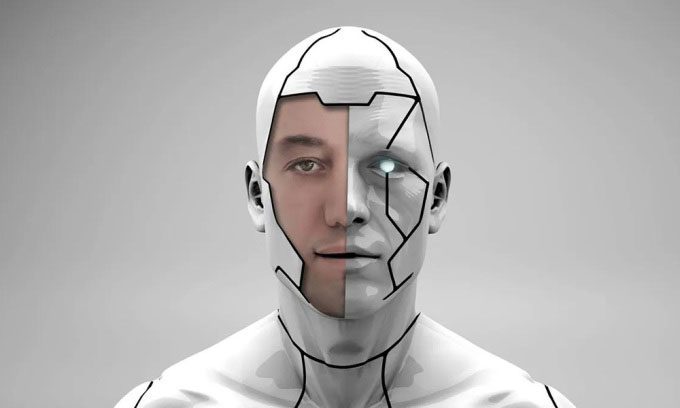A research team at Stanford University has invented a type of synthetic multilayer electronic skin that can self-recognize and reorganize when damaged, allowing it to continue functioning while healing takes place, New Atlas reported on June 4th. The new skin mimics real skin, enabling robots to sense like humans.

Illustration of robotic skin. (Photo: Devrimb/iStock).
“We believe we have demonstrated for the first time that the operation of multilayer thin-film sensors can automatically reorganize during the healing process. This is an important step toward mimicking human skin, which consists of multiple layers and will accurately reorganize when healing a wound,” said Christopher B. Cooper, a PhD student at Stanford University and co-author of the study.
The new material can sense changes in temperature, pressure, or electric fields in its surroundings, even detecting pressure. “The electronic skin is soft and stretchy. But if you puncture, cut, or slice it, each layer will selectively heal to restore overall functionality. This is similar to real skin,” noted Sam Root, another co-author of the research.
The electronic skin can self-heal in just 24 hours when warmed to 70 degrees Celsius or in about a week at room temperature. “Combined with magnetic navigation and an induction heating system, we can create soft robots that can change shape and sense their deformations as needed,” stated Renee Zhao, another co-author of the study.
The research team plans to stack multiple layers of thin skin with different sensing capabilities, for example, one layer that can sense temperature changes and another that can detect pressure. This will help the electronic skin come closer to the multidimensional properties of real skin.


















































